Kashmir is India’s problem, not ours
We immediately turned Kashmir into an Indo-Pakistan problem by sending in army-led lashkars into Kashmir.
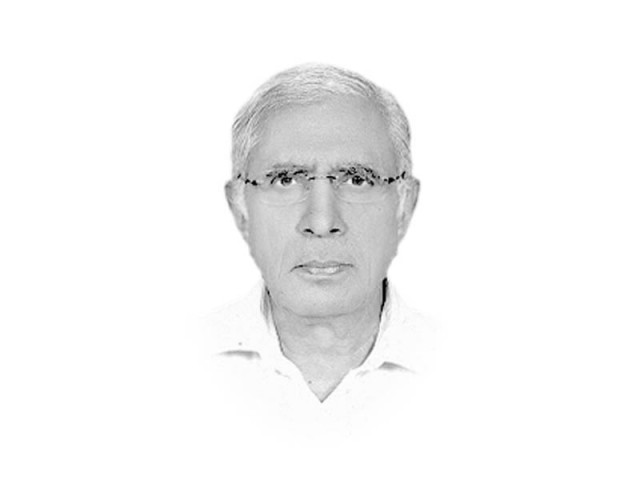
The writer is Executive Editor of The Express Tribune
Interestingly, at the time of signing of the instrument of accession, the then Indian Governor General, Mountbatten, had remarked: “It is my government’s wish that as soon as law and order has been restored and her soil is cleared of the invader, the question of the state’s accession should be settled by a reference to the people.” His remark and the offer made by the Indian government to conduct a plebiscite or referendum to determine Kashmir’s future status had made it into more of an Indian problem than ours. Maharaja Hari Singh, while signing the instrument of accession, had actually palmed off, to India, ‘Azad Kashmir’ — not a state willingly joining the Indian Union. By 1952, Sheikh Abdullah had become totally disillusioned with the Indian government’s consistent failure to fulfil its promise of according special status to Kashmir. He began insisting on self-determination. His government was dismissed and he was arrested in August 1953, after which New Delhi tried to push the Kashmir problem under the carpet forever, by getting a puppet assembly, led by Bakhshi Ghulam Muhammad, to ratify the instrument of accession, in 1954.
There was no way India could have resolved the ‘Azad Kashmir’ problem with brute force. The 1960s, 70s and even 80s were the decades of freedom movements. World opinion was with freedom-seeking subjugated nationalities and sub-nationalities. Patience was required on our part. But that was what we lacked then and lack now. We immediately turned Kashmir into an Indo-Pakistan problem by sending in army-led lashkars into Kashmir, on October 22, 1947. These were Cold War days. We had chosen the American camp and India, the Soviet one. So, not surprisingly, we lost our Kashmir case to superpower rivalries. By the way, Gilgit-Baltistan was not liberated by these unruly lashkars. This region won its freedom, at about the time of Partition, as a result of a heroic struggle launched by officers in the Hari Singh Army, stationed in the Northern Areas. We aggravated the situation in Indian-held Kashmir by sending in infiltrators, in 1965, which led to a full-fledged India-Pakistan war, which, in turn, made it almost impossible for the Kashmiri freedom fighters to make the world believe that what was happening inside Indian-held Kashmir was not a Pakistan-sponsored separatist movement. In the process, we turned a purely Indian problem into a bilateral one, forcing the world to choose sides. Then, in the 1990s, we further aggravated the issue by sending into IHK, well-trained, well-armed jihadis. In retaliation, India increased its troop strength in the valley. An indigenous, peaceful Kashmiri intifada had turned into a bloody battle, with innocent Kashmiris caught in the crossfire, dying by the hundreds. The icing on the cake was Kargil. This was when our regular troops were caught red-handed impersonating the so-called Kashmiri freedom fighters with the world looking on. If we could get out of the equation, even at this late hour, perhaps India would soon realise the impossibility of keeping a people under perpetual bondage.
Published in The Express Tribune, August 21st, 2013.
Like Opinion & Editorial on Facebook, follow @ETOpEd on Twitter to receive all updates on all our daily pieces.






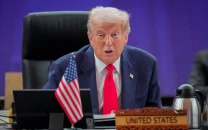
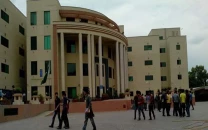
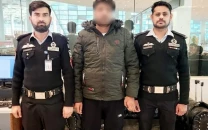

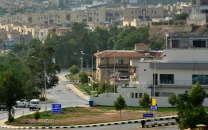
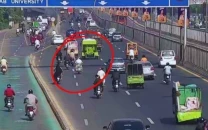
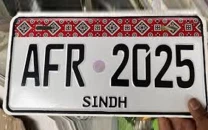






COMMENTS
Comments are moderated and generally will be posted if they are on-topic and not abusive.
For more information, please see our Comments FAQ